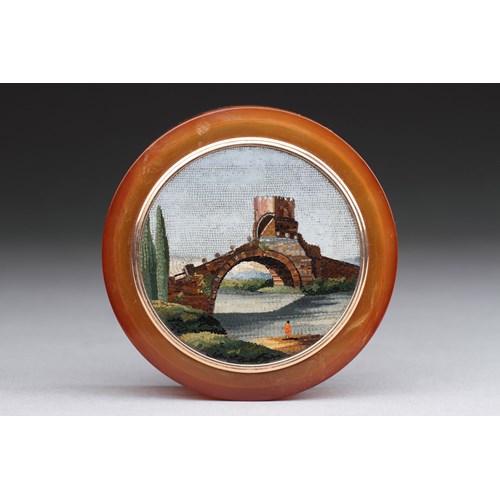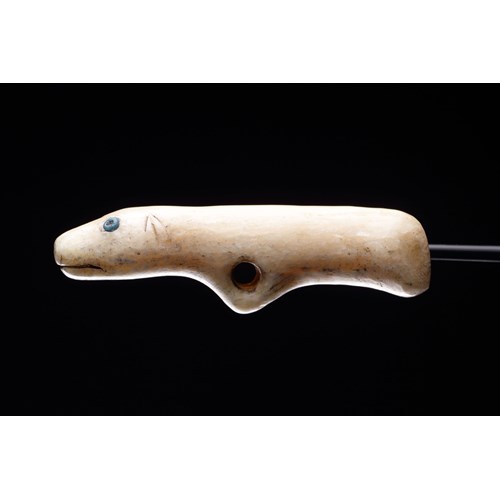A Superb Malakula Elongated Head
Epoque 1850-1900, 1900-1925, Circa 1900
Medium Bone, Pigment, polychrome, tree fern
Dimension 18 x 14 x 22 cm (7¹/₈ x 5¹/₂ x 8⁵/₈ inches)
Tree fern, bone, pigment, polychrome
New Hebrides, Vanuatu
Circa 1900
SIZE: 18cm high, 14cm wide, 22cm deep - 7 ins high, 5½ ins wide, 8¾ ins deep
Epoque: 1850-1900, 1900-1925, Circa 1900
Medium: Bone, Pigment, polychrome, tree fern
Dimension: 18 x 14 x 22 cm (7¹/₈ x 5¹/₂ x 8⁵/₈ inches)
Provenance: Acquired in Australia at auction circa 1968 - 69
Nicolai Michoutouchkine collection, Nouméa
The N. Michoutouchkine-A. Pilioko Foundation, inventory no. 340
Ex: M. Doustar
Ex Private collection
Publication:
Michoutouchkine-Ivanovna, Ethnography and Art of Oceania, Michoutouchkine-Pilioko Foundation, Ministry of Culture of the USSR, Academy of Sciences of the USSR, Moscow, 1999, no. 3
Literature:
Two similar over modelled ‘skulls’ collected by Edgar Aubert de la Rue in the 1920’s, now housed in the Quai Branly Museum
The Culture Hero Ambat is associated with the origin of head-binding in certain coastal areas of southern Malakula, Vanuatu. Ambat himself had an elongated head and a fine, long nose. Head elongation styles varied slightly among the many different language and cultural areas of southern Malakula. The area where people have the longest elongated heads is the Nahai-speaking area of Tomman Island and the south south-western Malakulan mainland opposite. A person with a finely elongated head is thought to be more intelligent, of higher status and close to the world of the spirits. Even today, throughout Vanuatu, the Bislama / Pidgin English term, Longfala Hed (Long Head) is synonymous with intelligence.
On Tomman Island and the facing south south-western Malakula mainland, head-binding began a month after birth. Each day the child’s head was smeared with burnt paste made from the Navanai-Molo nut (from the candle nut tree). This softens the skin and prevents ‘binding rash’. The head was then bound with Ne'Enbobosit, a soft bandage made from the inner bark of a banana tree. Over this was placed a No'onbat'ar (specially woven basket) made from Nibirip (pandanus) and bound around with the Ne'euwver (fibre rope). This process continued every day for six months to produce the required shape.
Exhibition: Exhibition History:
‘Ethnography and Art of Oceania, of Michoutouchkine-Pilioko Foundation, Moscow, Fukuoka, 1989, no. 342
Plus d'œuvres d'art de la Galerie









